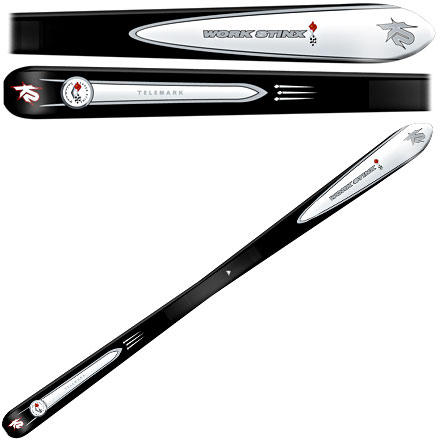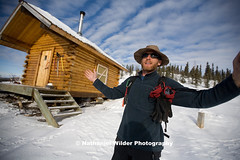 Like the rest of my ski equipment, I’ve had these skis for about four years now. Though, they’ve really only seen two solid seasons of skiing, mostly in Colorado, though they have skied in California, New Mexico, Oregon, Washington and even Illinois!
Like the rest of my ski equipment, I’ve had these skis for about four years now. Though, they’ve really only seen two solid seasons of skiing, mostly in Colorado, though they have skied in California, New Mexico, Oregon, Washington and even Illinois!
This is a great all-mountain ski. K2 has been making skis since 1961 and they make a quality product, these skis being no different. They are a little heavy, by design, to punch through any crud and avoid chattering on groomers while going fast. They are fat enough to float nicely in deep powder and turning on them is always a pleasure.
The only problem I’ve had with them have related to keeping climbing skins on them and K2 would argue I’m using the wrong skins. They have the hole at the tip for clip in skins, but I use a pair of Black Diamond skins with the D-ring that goes over the tip. Only once has the D-ring worked it’s way off the tip and a little adjustment has fixed it fine since.
This ski takes to edge extremely well and once on edge it arcs into a beautiful turn be it in powder, on groomers or going through the bumps. Icy slopes and super hard snow is never easy to edge into and undoubtedly my skill set could be improved to better manage those conditions even though I’ve wanted to blame the skis for the chattering and scraping along.
I’ve skied a few other skis since being on the Work Stinx and I’m always happy to come back to them.

 Like || Tweet || More Photos || Purchase Photo
Like || Tweet || More Photos || Purchase Photo

 Like || Tweet || More Photos || Purchase Photo
Like || Tweet || More Photos || Purchase Photo
 Photo: Nathaniel Wilder
Photo: Nathaniel Wilder

